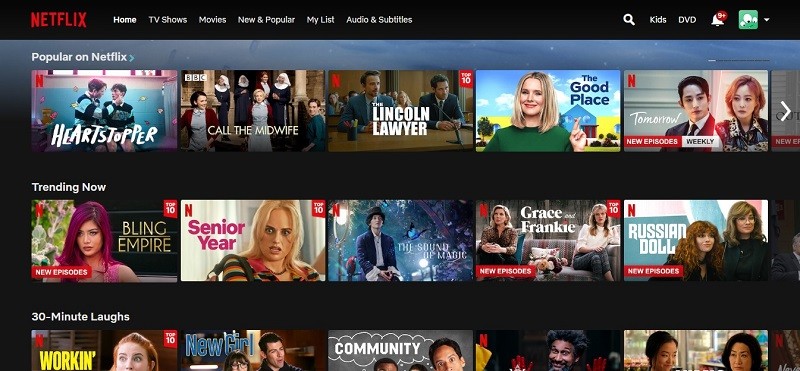The other day, I realized that every film or TV show I had subscribed to Netflix for was no longer there. My membership began back in the DVD days and just after Cactus Music had dropped their video rental service. Suddenly, there was no place for a true weirdo to get their cinematic fix in the city.
Netflix had what I wanted. I missed the chance to get American Astronaut from the shelves of Cactus, but it showed up in those little cheap sleeves thanks to the new service. So did John Waters’ This Filthy World, all the golden Hollywood stuff I binged for awhile, an obscure British reality show about living as if it was Blitz-era London, and more. Your Netflix queue became an identifying trait like your record collection. Bins for the red envelopes in quadraplexes allowed you to snoop on what your neighbors were watching so you could feel superior or insecure depending on the mood. There was a culture to it as well as the giddy anticipation of post.
Then, Netflix went streaming. Yes, the DVD service is still there, but Netflix treats it like a deformed toe always kept hidden in a boot rather than a beloved part of the service. Even then, in the early days, Netflix still had the feeling of a video store that wanted first and foremost for you to find what you wanted. It became the home of introductory fandom, hosting Firefly and Friends and Doctor Who. There are probably a thousand cosplayers who never would have gotten started if Netflix hadn’t been cheap, accessible and, most of all, expansive.
Even when Netflix began to make original content, it held onto its identity. Stranger Things, Orange is the New Black, and Halt and Catch Fire felt like something you might have found gathering dust on a slightly disreputable video shelf. Vintage nostalgia fare like GLOW and niche animation offerings like Castlevania were reasonable facsimiles for digging through the bin at a convention. It was smoke and mirrors to hide the fact that they were losing the curated content that made them famous, but it was a good trick.
Now, Netflix is a victim of its own success. The possible millions to be made in streaming content brought in juggernauts like HBO, Disney, and NBC, and a lot of great content was slowly lured away by big money on bigger hooks. Some, like Disney +, forged their own identity, where others simply became stand-ins for cable stations. Generations of dads whined that they just wanted to pay for the channels that they liked, and now that reality has come to pass. It largely sucks.
It’s little wonder that Netflix is seeing subscribers fall for the first time, leading to panic. The company was built on Gen Xers and millennials who wanted a video store and now just have something functionally identical to a cable network. There’s far less joy in discovering things there because the shelves are so bare and filled with whatever corporate is pushing. All the joy of personal taste is being stripped out in favor of being told what to watch.
It’s not all bad. Netflix is probably responsible for more people watching foreign content than Landmark Theaters ever was, and the importance of easily accessible kids programming cannot be understated. Weird things do still bubble up to the surface and become surprise hits.
It’s just not an identity anymore. Netflix went from being the video store of our dreams to an endcap at Target. Maybe that will change as people rediscover the importance of physical media in a landscape where entertainment companies keep renting us all our art, but for now it’s soulless in a way the early days never were.
Support Us
Houston's independent source of
local news and culture
account
- Welcome,
Insider - Login
- My Account
- My Newsletters
- Contribute
- Contact Us
Netflix Lost Its Identity

Screencap from Netflix.com
From video vault to grocery store endcap.
[
{
"name": "Related Stories / Support Us Combo",
"component": "11591218",
"insertPoint": "4",
"requiredCountToDisplay": "4"
},{
"name": "Air - Billboard - Inline Content",
"component": "11591214",
"insertPoint": "2/3",
"requiredCountToDisplay": "7"
},{
"name": "R1 - Beta - Mobile Only",
"component": "12287027",
"insertPoint": "8",
"requiredCountToDisplay": "8"
},{
"name": "Air - MediumRectangle - Inline Content - Mobile Display Size 2",
"component": "11591215",
"insertPoint": "12",
"requiredCountToDisplay": "12"
},{
"name": "Air - MediumRectangle - Inline Content - Mobile Display Size 2",
"component": "11591215",
"insertPoint": "4th",
"startingPoint": "16",
"requiredCountToDisplay": "12"
}
]

